


| MOQ: | 1 m3 |
| Price: | US $8/m3 |
| Standard Packaging: | Cylinder/Tank |
| Delivery Period: | 15 days |
| Payment Method: | L/C, T/T |
| Supply Capacity: | 20000 Tons/Year |
Carbon monoxide (CO) is a colorless, odorless, and highly toxic gas. It is formed when carbon-containing fuels, such as coal, oil, natural gas, gasoline, and wood, are burned with insufficient oxygen. Here are some key points about carbon monoxide gas:
Chemical Composition: Carbon monoxide is composed of one carbon atom and one oxygen atom, represented by the chemical formula CO.
Formation: Carbon monoxide is produced through the incomplete combustion or oxidation of carbon-based fuels. It occurs when there is a lack of oxygen during the combustion process, leading to the formation of CO instead of carbon dioxide (CO2).
Properties:
Colorless and Odorless: Carbon monoxide is a colorless gas, making it difficult to detect visually. It is also odorless, which means it cannot be easily detected by smell.
Highly Toxic: Carbon monoxide is highly toxic to humans and animals. It binds to hemoglobin in the bloodstream, reducing its ability to carry oxygen to body tissues. Prolonged exposure to high levels of carbon monoxide can lead to carbon monoxide poisoning, which can be fatal.
Flammability: While carbon monoxide itself is not flammable, it is a combustible gas that can support combustion and contribute to fires.
Density: Carbon monoxide is slightly lighter than air, so it tends to rise and disperse in the atmosphere.
Sources of Carbon Monoxide:
Combustion Processes: Carbon monoxide is produced by the incomplete combustion of carbon-containing fuels in various processes, including vehicle exhaust, industrial combustion processes, residential heating systems, and wood-burning stoves or fireplaces.
Indoor Sources: Improperly maintained or malfunctioning fuel-burning appliances, such as furnaces, water heaters, gas stoves, and fireplaces, can release carbon monoxide into indoor spaces.
Health and Safety Concerns:
Carbon Monoxide Poisoning: Inhalation of carbon monoxide can lead to carbon monoxide poisoning. Symptoms include headache, dizziness, nausea, confusion, shortness of breath, and, in severe cases, loss of consciousness or death. Prompt medical attention is necessary if carbon monoxide poisoning is suspected.
Prevention: To prevent carbon monoxide exposure, it is essential to ensure proper ventilation and regular maintenance of fuel-burning appliances. Carbon monoxide detectors can provide an early warning in case of elevated levels of carbon monoxide in indoor spaces.
Safety Measures: Never use fuel-burning devices, such as generators or charcoal grills, indoors or in enclosed spaces. Ensure proper ventilation when using fuel-burning appliances and avoid running vehicles or engines in closed garages or confined areas.
Carbon monoxide is a dangerous gas that requires caution and awareness to prevent exposure. It is crucial to have carbon monoxide detectors installed in homes and other enclosed spaces and to seek immediate medical attention if symptoms of carbon monoxide poisoning are experienced.
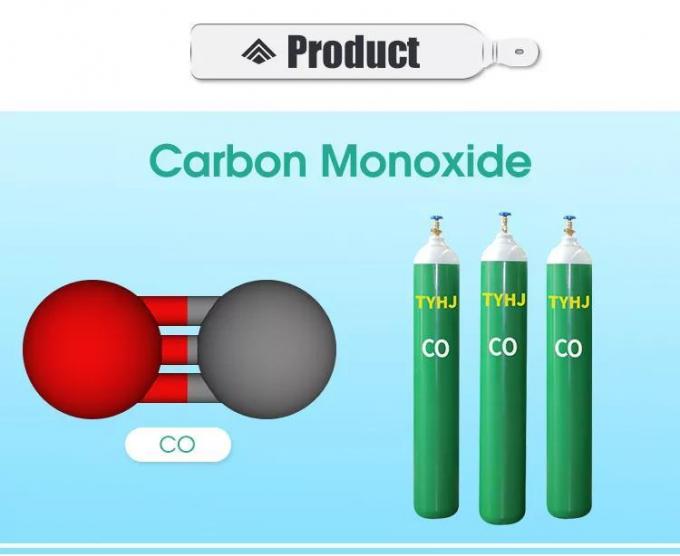
Specification:
CAS No.: 630-08-0
EINECS No.: 211-128-3
UN No.: UN1016
Purity: 99.9%-99.999%
Dot Class: 2.1 & 2.3
Appearance: Colorless
Grade Standard: Industrial Grade
| CO - Carbon Monoxide | 99.9 % |
| H2 | ≤5 ppm |
| O2 | ≤50 ppm |
| N2 | ≤450 ppm |
| CO2 | ≤30 ppm |
| CH4 | ≤20 ppm |
| H20 | ≤5 ppm |
| Total Impurity | ≤1000 ppm |
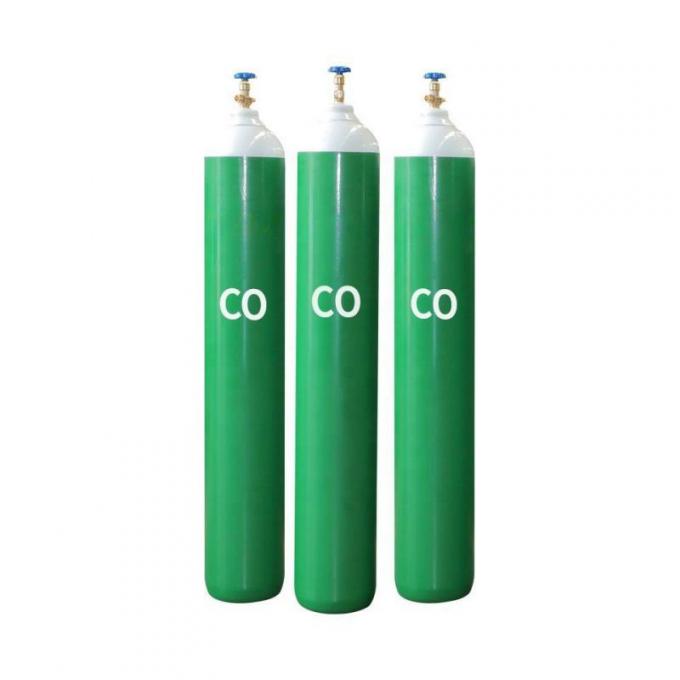
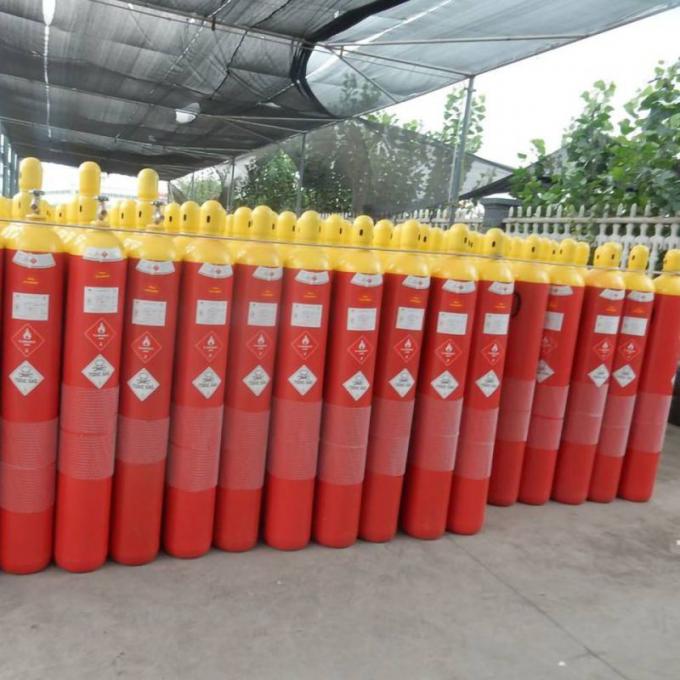
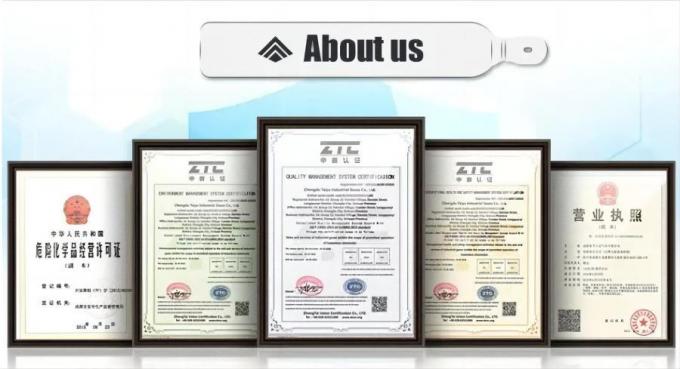
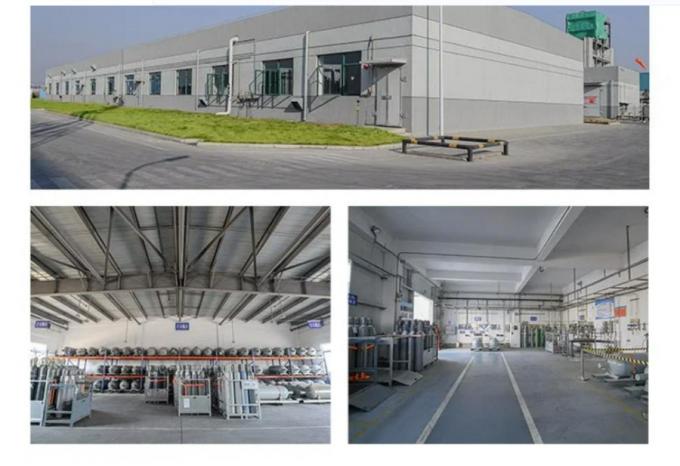

| MOQ: | 1 m3 |
| Price: | US $8/m3 |
| Standard Packaging: | Cylinder/Tank |
| Delivery Period: | 15 days |
| Payment Method: | L/C, T/T |
| Supply Capacity: | 20000 Tons/Year |
Carbon monoxide (CO) is a colorless, odorless, and highly toxic gas. It is formed when carbon-containing fuels, such as coal, oil, natural gas, gasoline, and wood, are burned with insufficient oxygen. Here are some key points about carbon monoxide gas:
Chemical Composition: Carbon monoxide is composed of one carbon atom and one oxygen atom, represented by the chemical formula CO.
Formation: Carbon monoxide is produced through the incomplete combustion or oxidation of carbon-based fuels. It occurs when there is a lack of oxygen during the combustion process, leading to the formation of CO instead of carbon dioxide (CO2).
Properties:
Colorless and Odorless: Carbon monoxide is a colorless gas, making it difficult to detect visually. It is also odorless, which means it cannot be easily detected by smell.
Highly Toxic: Carbon monoxide is highly toxic to humans and animals. It binds to hemoglobin in the bloodstream, reducing its ability to carry oxygen to body tissues. Prolonged exposure to high levels of carbon monoxide can lead to carbon monoxide poisoning, which can be fatal.
Flammability: While carbon monoxide itself is not flammable, it is a combustible gas that can support combustion and contribute to fires.
Density: Carbon monoxide is slightly lighter than air, so it tends to rise and disperse in the atmosphere.
Sources of Carbon Monoxide:
Combustion Processes: Carbon monoxide is produced by the incomplete combustion of carbon-containing fuels in various processes, including vehicle exhaust, industrial combustion processes, residential heating systems, and wood-burning stoves or fireplaces.
Indoor Sources: Improperly maintained or malfunctioning fuel-burning appliances, such as furnaces, water heaters, gas stoves, and fireplaces, can release carbon monoxide into indoor spaces.
Health and Safety Concerns:
Carbon Monoxide Poisoning: Inhalation of carbon monoxide can lead to carbon monoxide poisoning. Symptoms include headache, dizziness, nausea, confusion, shortness of breath, and, in severe cases, loss of consciousness or death. Prompt medical attention is necessary if carbon monoxide poisoning is suspected.
Prevention: To prevent carbon monoxide exposure, it is essential to ensure proper ventilation and regular maintenance of fuel-burning appliances. Carbon monoxide detectors can provide an early warning in case of elevated levels of carbon monoxide in indoor spaces.
Safety Measures: Never use fuel-burning devices, such as generators or charcoal grills, indoors or in enclosed spaces. Ensure proper ventilation when using fuel-burning appliances and avoid running vehicles or engines in closed garages or confined areas.
Carbon monoxide is a dangerous gas that requires caution and awareness to prevent exposure. It is crucial to have carbon monoxide detectors installed in homes and other enclosed spaces and to seek immediate medical attention if symptoms of carbon monoxide poisoning are experienced.

Specification:
CAS No.: 630-08-0
EINECS No.: 211-128-3
UN No.: UN1016
Purity: 99.9%-99.999%
Dot Class: 2.1 & 2.3
Appearance: Colorless
Grade Standard: Industrial Grade
| CO - Carbon Monoxide | 99.9 % |
| H2 | ≤5 ppm |
| O2 | ≤50 ppm |
| N2 | ≤450 ppm |
| CO2 | ≤30 ppm |
| CH4 | ≤20 ppm |
| H20 | ≤5 ppm |
| Total Impurity | ≤1000 ppm |



